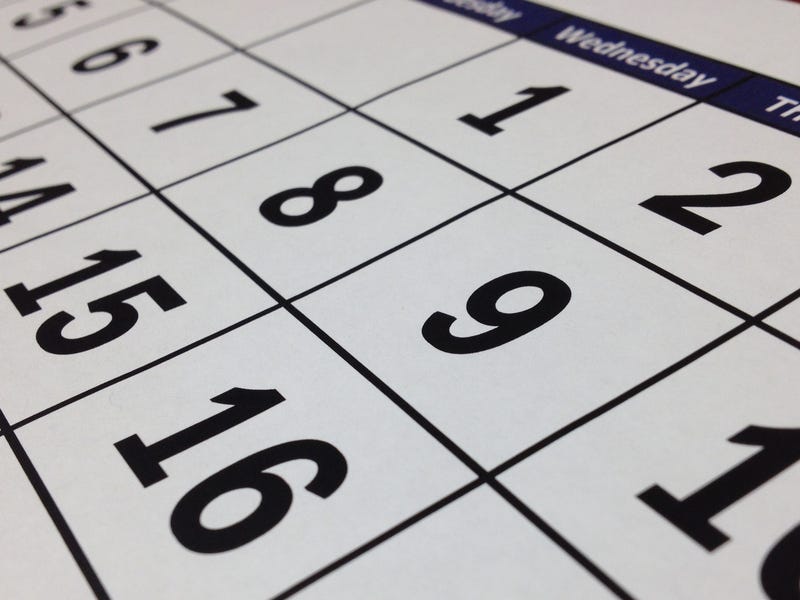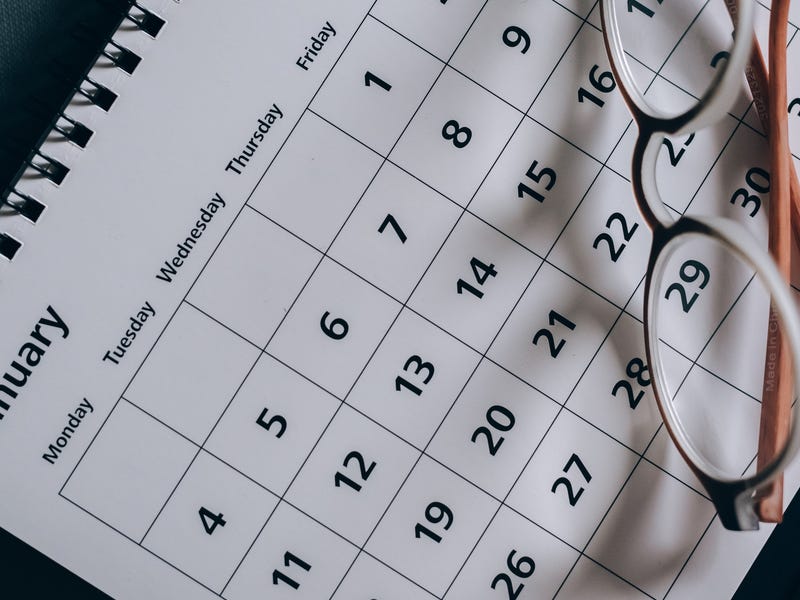Fun tips to help you learn body part names faster
Not really into learning body parts vocabulary by heart or by singing songs? No worries! There are other ways to learn about the human anatomy.
Here are some tips to help you learn them faster:
1. Make it a game
Playing games is a dynamic and fun way to learn new vocabulary and memorize it more quickly! There are many games that you can play to learn body parts in English. Our favorite ones are:
Simon says: This is probably the most common game to learn about limbs. This game helps you remember the names of some of the most important body parts by touching the body part that “Simon” names. This game is best played in a group.
Alphabet game: This game consists of writing down as many words starting with each letter of the alphabet, from A to Z, as you can come up with. In this case, it would be all the limbs and appendages that you can think of! For example, A for Abdomen, B for Back, C for Chest, etc.
Quiz or trivia game: If you’re not into children’s games, you can play something more ambitious and informative, such as a quiz or trivia game related to body parts.
Kahoot and Quizizz are two websites full of fun quizzes to learn new vocabulary in English (and other languages).
2. Use images and flashcards
Using images and flashcards is one of the best ways to learn English vocabulary, especially if you have a visual memory. You can create your own or find ready-made ones on the internet.
Once you find the flashcards or images you like, print them out or save them on your phone. Look at them during your free time, while waiting in line, or while eating. Check our more vocabulary memorization tips and tricks here.
3. Practice with conversation cards
This is a great way to use human body part vocabulary in a real conversation. You can print out conversation cards and practice with a friend or family member.
Write down questions related to body parts, cut them up, and place them in a bag or box. Take turns asking each other questions from the box.




